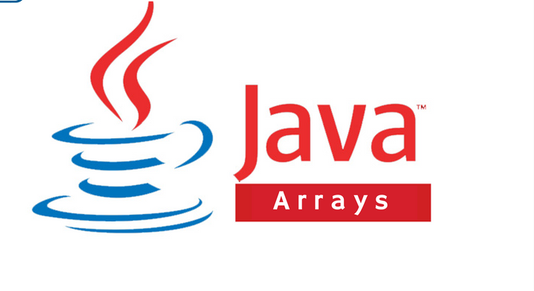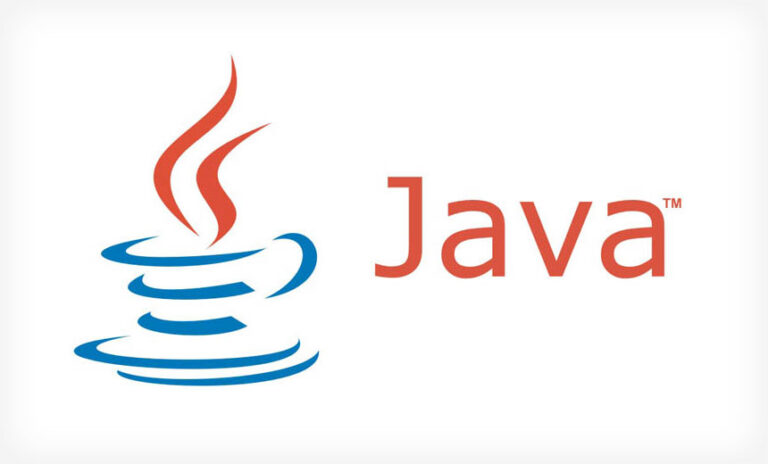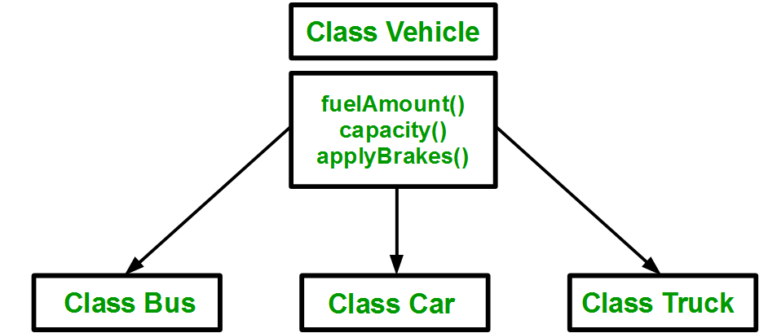A carousel (or image slider) showcases images in a visually appealing way on your website. While many...
java
Solve the fizzbuzz hackerrank challenge question: Given a number n, for each integer i in the range...
Usually in Java when we work with numbers, we will represent these numbers with any of the...
Java provides the StringBuffer and String classes. The String class is used to manipulate character strings that...
In a return statement in Java, we evaluate expressions, and as part of this evaluation, other methods...
Modifiers are keywords that are added to variables, methods and classes to change their meaning. There are...
A loop statement allows the programmer to execute a statement or group of statements multiple number of...
Arrays refer to a sequential collection of elements of the same type. It is used to store...
Throw Throw is a keyword that is used in Java to declare an exception which is similar...
Inheritance in programming is the process whereby one class (also called a sub-class) acquires the properties (methods,...
An exception is a problem that arises during the execution of a program. When an exception occurs,...












